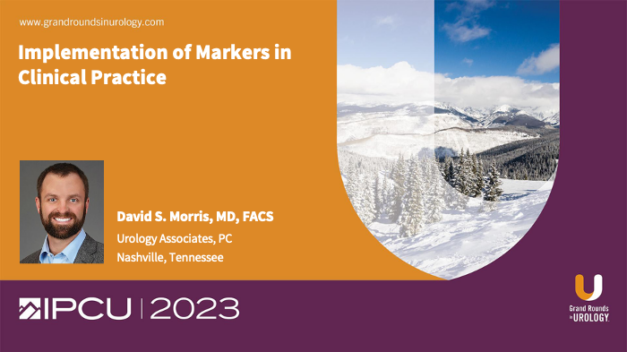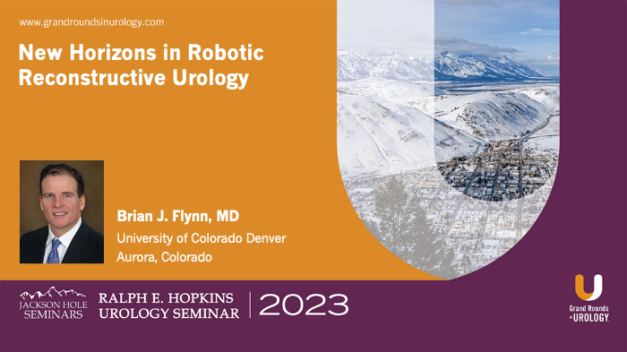Testosterone Update on Oral Products
T. Mike Hsieh, MD, MBA, provides an update on available oral testosterone treatments, beginning by explaining that oral testosterone is a large and growing market and outlining the development testosterone therapy over recent decades. Dr. Hsieh hones in on the three therapies most recently approved by the U.S. Food and Drug Administration (FDA), all of which are oral testosterone therapies (Jatenzo, Tlando, and Kyzatrex).
He cites a study of Oral Testosterone Undecanoate in Hypogonadal Men, which led to the approval of Jatenzo. Dr. Hsieh then addresses Tlando, and explains the study behind its approval, which found the treatment’s efficacy was 80 percent, exceeding the FDA threshold of 75 percent. He then addresses Kyzatrex, a gelatin capsule that uses a SEDDS formulation (phytosterol esters that form microemulsions in gastrointestinal fluids, allowing oral dosing of poorly-soluble drugs). As far as clinical efficacy, Kyzatrex well exceeded the FDA threshold, with 96 percent of patients achieving testosterone levels in the therapeutic range after 90 days of treatment.
Dr. Hsieh explains that, unlike Jatenzo, Tlando and Kyzatrex do not need to be taken with a high-fat meal. With all three medications, blood pressure increase is a possible side effect (though the data on hypertension was more favorable in the Kyzatrex study), and all these treatments carry FDA warnings to that effect.
Dr. Hsieh concludes that there is a wide variety of commercially available testosterone options on the market, with new oral formulations with favorable safety profiles representing exciting new options for patients. He reiterates that blood pressure should always be monitored in patients on oral testosterone.
Read More




